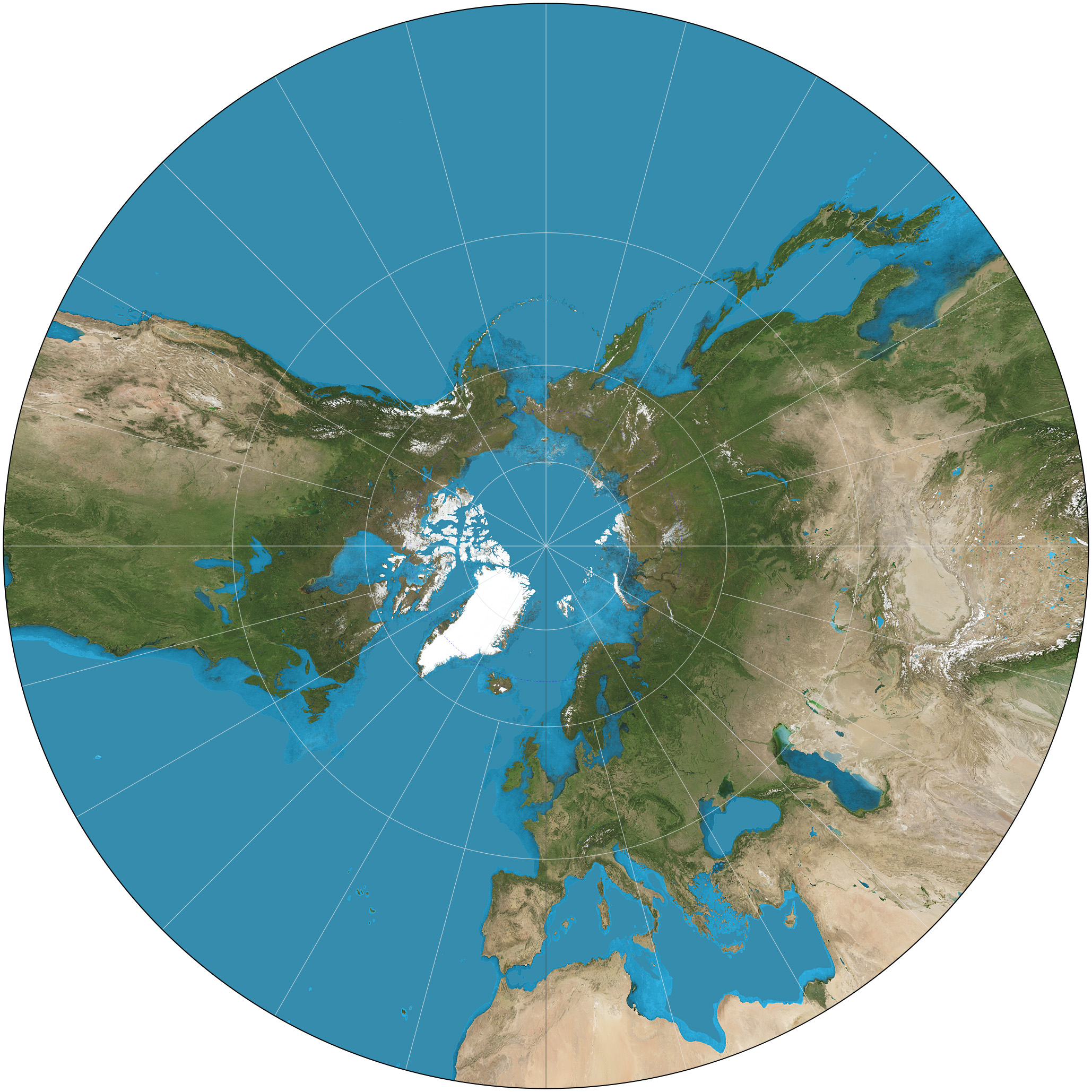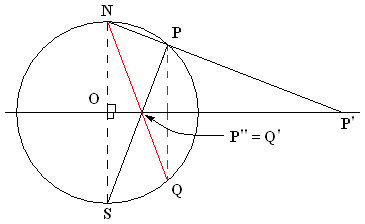|
Hendrik Enno Boeke
Hendrik Enno Boeke (12 September 1881, in Wormerveer – 6 December 1918, in Frankfurt am Main) was a Dutch mineralogist and petrographer. From 1900 he studied chemistry and physics at the University of Amsterdam, where his instructors included Hendrik Willem Bakhuis Roozeboom and Johannes Diderik van der Waals. He then worked as an assistant under Gustav Tammann in Göttingen and to Friedrich Rinne at the Technical University of Hannover.Boeke, Hendrik Enno Deutsche Biographie In 1909 he became a lecturer of chemistry at the , and during the following year, an associate professor of physical-chemical mineralogy and |
Wormerveer
Wormerveer is a town in the Dutch province of North Holland. It is a part of the municipality of Zaanstad, and lies about 13 km northwest of Amsterdam. Wormerveer developed in the 15th century on the west bank of the Zaan river. It started to industrialise with windmills in the 17th century, however none of the windmills exist any more. The Dutch Reformed church was built in 1639 to replace the medieval church which was destroyed in 1574 by Spanish troops. Wormerveer was a separate municipality until 1974, when it became a part of the new municipality of Zaanstad. Transport * Railway station Wormerveer There are 4 trains per hour from Monday to Friday to Amsterdam. 2 trains per hour operate on Saturdays and Sundays. Notable people * Herman Gorter * Wolter Kroes * Gerrit Mannoury * Christian Supusepa Christian Supusepa (born 2 April 1989 in Wormerveer) is a Dutch footballer who currently plays as a left back for SV Spakenburg in the Dutch Tweede Divisie. Career On 7 J ... [...More Info...] [...Related Items...] OR: [Wikipedia] [Google] [Baidu] |
Carnegie Institution For Science
The Carnegie Institution of Washington (the organization's legal name), known also for public purposes as the Carnegie Institution for Science (CIS), is an organization in the United States established to fund and perform scientific research. The institution is headquartered in Washington, D.C. , the Institution's endowment was valued at $926.9 million. In 2018 the expenses for scientific programs and administration were $96.6 million. Eric Isaacs is president of the institution. Name More than 20 independent organizations were established through the philanthropy of Andrew Carnegie and now feature his surname. They perform work involving topics as diverse as art, education, international affairs, world peace, and scientific research. In 2007, the Carnegie Institution of Washington adopted the public name "Carnegie Institution for Science" to distinguish itself from other organizations established by and named for Andrew Carnegie. The Institution remains officially and legall ... [...More Info...] [...Related Items...] OR: [Wikipedia] [Google] [Baidu] |
1918 Deaths
This year is noted for the end of the World War I, First World War, on the eleventh hour of the eleventh day of the eleventh month, as well as for the Spanish flu pandemic that killed 50–100 million people worldwide. Events Below, the events of World War I have the "WWI" prefix. January * January – 1918 flu pandemic: The "Spanish flu" (influenza) is first observed in Haskell County, Kansas. * January 4 – The Finnish Declaration of Independence is recognized by Russian Soviet Federative Socialist Republic, Soviet Russia, Sweden, German Empire, Germany and France. * January 9 – Battle of Bear Valley: U.S. troops engage Yaqui people, Yaqui Native American warriors in a minor skirmish in Arizona, and one of the last battles of the American Indian Wars between the United States and Native Americans. * January 15 ** The keel of is laid in Britain, the first purpose-designed aircraft carrier to be laid down. ** The Red Army (The Workers and Peasants Red Army) ... [...More Info...] [...Related Items...] OR: [Wikipedia] [Google] [Baidu] |
1881 Births
Events January–March * January 1– 24 – Siege of Geok Tepe: Russian troops under General Mikhail Skobelev defeat the Turkomans. * January 13 – War of the Pacific – Battle of San Juan and Chorrillos: The Chilean army defeats Peruvian forces. * January 15 – War of the Pacific – Battle of Miraflores: The Chileans take Lima, capital of Peru, after defeating its second line of defense in Miraflores. * January 24 – William Edward Forster, chief secretary for Ireland, introduces his Coercion Bill, which temporarily suspends habeas corpus so that those people suspected of committing an offence can be detained without trial; it goes through a long debate before it is accepted February 2. * January 25 – Thomas Edison and Alexander Graham Bell form the Oriental Telephone Company. * February 13 – The first issue of the feminist newspaper ''La Citoyenne'' is published by Hubertine Auclert. * February 16 – The Canad ... [...More Info...] [...Related Items...] OR: [Wikipedia] [Google] [Baidu] |
Gnomonic Projection
A gnomonic map projection is a map projection which displays all great circles as straight lines, resulting in any straight line segment on a gnomonic map showing a geodesic, the shortest route between the segment's two endpoints. This is achieved by casting surface points of the sphere onto a tangent plane, each landing where a ray from the center of the sphere passes through the point on the surface and then on to the plane. No distortion occurs at the tangent point, but distortion increases rapidly away from it. Less than half of the sphere can be projected onto a finite map. Consequently, a rectilinear photographic lens, which is based on the gnomonic principle, cannot image more than 180 degrees. History The gnomonic projection is said to be the oldest map projection, developed by Thales for star maps in the 6th century BC. The path of the shadow-tip or light-spot in a nodus-based sundial traces out the same hyperbolae formed by parallels on a gnomonic map. Properties Th ... [...More Info...] [...Related Items...] OR: [Wikipedia] [Google] [Baidu] |
Crystallographic
Crystallography is the experimental science of determining the arrangement of atoms in crystalline solids. Crystallography is a fundamental subject in the fields of materials science and solid-state physics (condensed matter physics). The word "crystallography" is derived from the Greek word κρύσταλλος (''krystallos'') "clear ice, rock-crystal", with its meaning extending to all solids with some degree of transparency, and γράφειν (''graphein'') "to write". In July 2012, the United Nations recognised the importance of the science of crystallography by proclaiming that 2014 would be the International Year of Crystallography. denote a direction vector (in real space). * Coordinates in ''angle brackets'' or ''chevrons'' such as <100> denote a ''family'' of directions which are related by symmetry operations. In the cubic crystal system for example, would mean 00 10 01/nowiki> or the negative of any of those directions. * Miller indices in ''parentheses'' ... [...More Info...] [...Related Items...] OR: [Wikipedia] [Google] [Baidu] |
Stereographic Projection
In mathematics, a stereographic projection is a perspective projection of the sphere, through a specific point on the sphere (the ''pole'' or ''center of projection''), onto a plane (geometry), plane (the ''projection plane'') perpendicular to the diameter through the point. It is a smooth function, smooth, bijection, bijective function (mathematics), function from the entire sphere except the center of projection to the entire plane. It maps circle of a sphere, circles on the sphere to generalised circle, circles or lines on the plane, and is conformal map, conformal, meaning that it preserves angles at which curves meet and thus Local property, locally approximately preserves similarity (geometry), shapes. It is neither isometry, isometric (distance preserving) nor Equiareal map, equiareal (area preserving). The stereographic projection gives a way to representation (mathematics), represent a sphere by a plane. The metric tensor, metric induced metric, induced by the inverse s ... [...More Info...] [...Related Items...] OR: [Wikipedia] [Google] [Baidu] |
Potash
Potash () includes various mined and manufactured salts that contain potassium in water-soluble form.Potash USGS 2008 Minerals Yearbook The name derives from ''pot ash'', plant ashes or soaked in water in a pot, the primary means of manufacturing potash before the . The word '''' is derived from ''potash''. Potash is produced worldwide in amounts exceeding 90 million |
Geology
Geology () is a branch of natural science concerned with Earth and other astronomical objects, the features or rocks of which it is composed, and the processes by which they change over time. Modern geology significantly overlaps all other Earth sciences, including hydrology, and so is treated as one major aspect of integrated Earth system science and planetary science. Geology describes the structure of the Earth on and beneath its surface, and the processes that have shaped that structure. It also provides tools to determine the relative and absolute ages of rocks found in a given location, and also to describe the histories of those rocks. By combining these tools, geologists are able to chronicle the geological history of the Earth as a whole, and also to demonstrate the age of the Earth. Geology provides the primary evidence for plate tectonics, the evolutionary history of life, and the Earth's past climates. Geologists broadly study the properties and processes of E ... [...More Info...] [...Related Items...] OR: [Wikipedia] [Google] [Baidu] |
Salt Deposit
Salt mining extracts natural salt deposits from underground. The mined salt is usually in the form of halite (commonly known as rock salt), and extracted from evaporite formations. History Before the advent of the modern internal combustion engine and earth-moving equipment, mining salt was one of the most expensive and dangerous of operations because of rapid dehydration caused by constant contact with the salt (both in the mine passages and scattered in the air as salt dust) and of other problems caused by accidental excessive sodium intake. Salt is now plentiful, but until the Industrial Revolution, it was difficult to come by, and salt was often mined by slaves or prisoners. Life expectancy for the miners was low. Ancient China was among the earliest civilizations in the world with cultivation and trade in mined salt. They first discovered natural gas when they excavated rock salt. The Chinese writer, poet, and politician Zhang Hua of the Jin dynasty wrote in his book ... [...More Info...] [...Related Items...] OR: [Wikipedia] [Google] [Baidu] |
Magma Rock
Magma () is the molten or semi-molten natural material from which all igneous rocks are formed. Magma is found beneath the surface of the Earth, and evidence of magmatism has also been discovered on other terrestrial planets and some natural satellites. Besides molten rock, magma may also contain suspended crystals and gas bubbles. Magma is produced by melting of the mantle or the crust in various tectonic settings, which on Earth include subduction zones, continental rift zones, mid-ocean ridges and hotspots. Mantle and crustal melts migrate upwards through the crust where they are thought to be stored in magma chambers or trans-crustal crystal-rich mush zones. During magma's storage in the crust, its composition may be modified by fractional crystallization, contamination with crustal melts, magma mixing, and degassing. Following its ascent through the crust, magma may feed a volcano and be extruded as lava, or it may solidify underground to form an intrusion, such as a di ... [...More Info...] [...Related Items...] OR: [Wikipedia] [Google] [Baidu] |
Petrography
Petrography is a branch of petrology that focuses on detailed descriptions of rocks. Someone who studies petrography is called a petrographer. The mineral content and the textural relationships within the rock are described in detail. The classification of rocks is based on the information acquired during the petrographic analysis. Petrographic descriptions start with the field notes at the outcrop and include macroscopic description of hand specimens. The most important petrographer's tool is the petrographic microscope. The detailed analysis of minerals by optical mineralogy in thin section and the micro-texture and structure are critical to understanding the origin of the rock. Electron microprobe or atom probe tomography analysis of individual grains as well as whole rock chemical analysis by atomic absorption, X-ray fluorescence, and laser-induced breakdown spectroscopy are used in a modern petrographic lab. Individual mineral grains from a rock sample may also be analyze ... [...More Info...] [...Related Items...] OR: [Wikipedia] [Google] [Baidu] |










